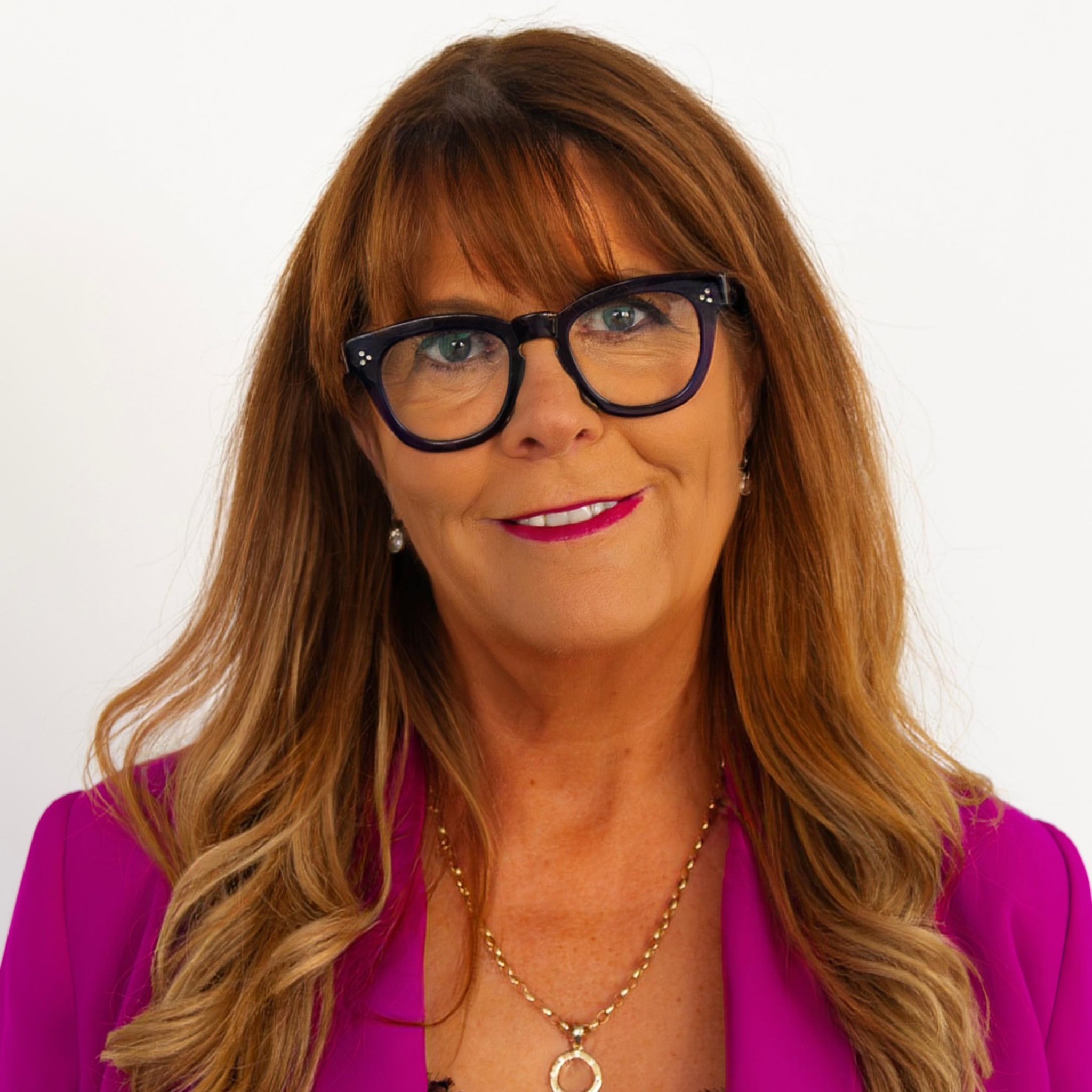
Meeting Topic
Will THIS Year be YOUR Year? by Jen Myers
In your 60-second intro this week, consider sharing with your group ONE opportunity you know you would like to take advantage of this year in your business – perhaps it falls into one of the 4 categories outlined in the article below.
_____________________________________________
Do you ever find yourself mentally saying – ‘I can just FEEL it! It’s gonna’ be MY YEAR!!’ You’re excited, your energy is refreshed and you intend to do things differently at the beginning of a new year and then…when the rubber hits the road, your year turns into the same old same old doesn’t it. How disappointing! I don’t know about you, but while intentions are great for me, I generally need more specific plans that can help GUIDE me when I stray off the path! And I’m human – so I DO stray off the path! Let’s invest the next wee while looking at a few key things that will help you have a really successful year by gaining clarity around your goals so you can stay on track!
The first thing I want you to do is take a deep breath and REFLECT on the year that was. Give credit where credit is due – what went WELL and how did YOU personally contribute to that? What did you focus on that WAS under your control? When was your attitude spot-on? What opportunity did you take proactive action on?
Now let’s get really honest for a moment and look at what didn’t work so well. What did YOU bring to the table there? When did your attitude falter and what triggered it? What things did you worry about that were beyond your control? What project did you procrastinate on and why?
Looking at what did and didn’t go well last year will give you some clues as to how to move forward this year, but the real gold from this process of reflection is right here. Ask yourself these questions: ‘If I could do something differently this year that would get me a better result what would that be?’ and ‘What opportunities do I have in front of me that I can run with this year that will make a big positive impact on my business?’
Let me help you get the creative juices flowing when it comes to the topic of opportunities, shall I? You may want to do a bit of brainstorming around these 4 questions:
- How can I become more efficient? – So often, we are busy being busy. But by the end of the day we wonder WHERE exactly the day went and WHAT exactly we accomplished! I know many of you run small offices where you need to wear a heap of hats every day. My advice to you on this point is to do your absolute best to prioritise client interaction and identify daily goals to help keep you on track (and have the discipline to stick to those daily goals). Then, OUTSOURCE what you’re not great at. Because when we work to our strengths, it helps to keep us motivated and productive.
- How can I improve my communication? – Communication is the secret sauce of success, I always say. Are there opportunities for you to up your game? Ensuring you’re treating each and every client with the same quality of attention is key, so how will you ensure you make that happen consistently? Can you better utilise your CRM to keep you on track? Should you hire a PA or VA even a few hours every week to help you focus on the priorities rather than the small stuff? Because the more you communicate with your clients – two great things happen: 1. you’ll know what’s going on with them so that you can be confident you’re still providing the best possible solutions for them AND 2. the more your clients feel valued and well-serviced, the more likely they are to REFER you to others you can help! When you up your game with regard to communication and start understanding that not everyone is ‘wired’ to communicate they way YOU are, you become more effective! Because then you’ll begin presenting solutions in the ‘language’ that your prospects understand. One way to do this is to set the goal of getting yourself onto a COURSE – make it a point to LEARN about DISC or another behavioural styles system. Finally, sharpening your speaking and presenting skills will also be a shot in the arm to your ability to not only help your customers but to reach new prospects. Being able to confidently present one or two key concepts to a small group of people in 20-30 minutes will help set you apart as someone who REALLY knows her stuff. And of course, to be able to do this effectively, you do REALLY need to know your stuff, which leads me to the next area around which you may want to set a few goals!
- How can I expand my knowledge base? – To have a sustainable business, meaning a business that supports you into the future where you’re going to be around to help your customers for the long haul, you need to prioritise the attitude and discipline of ‘sharpening the saw’ or constantly learning and striving to BE better at what you do and how you do it. That means staying up to speed with regulatory changes and requirements, continuing education, learning about topics that will best serve your customer base, not just yourself. Have a think about what you can learn and bring to the table for your customers this year that will add to THEIR knowledge base and help THEM be well-informed.
- How can I step up my activity? – We all know that more quality activity generates more results, right? SO – instead of setting financial goals, why not try setting activity goals! Because you know if you’re consistently hitting those activity goals, the rest will follow and you’ll be consistent about reaching more people you can help with whatever it is you do!! It’s all about relationships, isn’t it? Nurturing relationships with existing clients, building relationships with new prospects AND building relationships with centres of influence. So how many new opportunities will you commit to opening each week consistently? How many quality conversations? 3? 5? More? And how will you maintain your MOJO to do that week after week?
Jim Rohn said, ‘Success is nothing more than a few simple disciplines practised every day.’ If you commit to setting aside a bit of planning time to lay out your opportunities for this year and then put some action plans behind those opportunities, I promise your year will be infinitely more rewarding!
*Go to my website to grab this planning tool to help you put specific action around each objective or goal you set for your business this year!
https://gener8leadership.solutions/wp-content/uploads/2021/03/Project-Action-Plan-Worksheet.pdf
Find out more about Jennifer here: https://jennifermyers.co.nz/testimonials/ or here: https://gener8leadership.solutions
Next Meeting Topic
Set Aside Time to Plan By Gaylene Hughes
Years ago at a conference in Bali, I observed a fellow attendee who was challenged to clean the leaves from an enormous swimming pool (full of water) with a butterfly net. He was given all day to complete the task – there were that many leaves!
He stuck it out for a good 10 minutes in the heat of the day, then sat on the edge of the pool to THINK. Observing people laughing & headed to the nearby gym, he asked them to join him in the pool for a few minutes. He promised them a good workout and some fun. The only rule? To chase him, running 2-abreast in the pool as hard as they could, in a clock-wise direction. The reward:
- a vortex of water which allowed him to quickly scoop up all the leaves
- a good work out, laughs and a few beers afterwards (for the newly enlisted team)
- a considerable amount of time spent (by him) that day on the beach
What are you currently doing that creates frustration and chews up your time that if addressed at a strategic level could create an opportunity?
The Power of Strategic Planning
Strategic Planning is an opportunity for you to dream big, to set some goals and objectives and then plan the actions that will ensure your vision is met. When done well, having a strategic plan can:
- Set the direction for all those involved in your business
- Lead to better-informed decisions and decisive action, and
- Provide a process & tool that clearly shows whether you’re achieving your goals (or not)
It often makes sense for a third party, independent of the organisation to facilitate this Strategic Planning exercise as they often bring a wider viewpoint and experience to the table.
The process will determine where you’re currently “at”, whether your original vision is clear and whether you’re achieving the outcomes you require. Starting with the end in mind, the process ensures you are focussed on long-term agreed targets over a 3-5-year period and you’re able to inspire and direct others to make it happen. At an individual level, you’re clear on what you want, what’s negotiable and what’s not.
Introduce 90 Day Planning: a simple, effective tool
The real value in having a Strategic Plan is when its implemented! Because once the bigger picture’s known, the next step is to chunk things down into smaller pieces – you may have heard the phrase “you eat an elephant one bite at a time.” This is where that happens! You need the detail (written down of course – not just in your head!) so that you can hold yourself and/or others accountable.
This means setting some short-term goals and putting milestones in place once you have clarity, so you can time set aside for completion, then review every 90 Days. The review helps close any gaps and confirms you’re making progress. It’s that “feel good” factor.
I have found the 90 Day Planning process highly effective because everyone knows exactly where they and the business needs to be in 90 days. This can be a powerfully motivating process as it means action points are clear (and diarised) and people “own” the actions required. They can be held to account when things are not being achieved but also congratulated when things are going to plan.
The Quick & Dirty: 7 Steps to take to make your 90 Day Plan a Reality
- Using a white board, draw up 4 columns with 3-4 rows in each
- Focus on the 3-4 goals that MUST be achieved at the end of 3 months. Be very specific what these are, then
- List them in Column 1 with one row assigned to each Key Focus Area (KFA)
- In the next column (column 2), define the outcome or result that’s required beside each KFA. Again be specific – what do you truly want to achieve? Be realistic here!
- In the 3rd column, for each KFA, list how the result can be measured ($, #, %)
- Then in the last column (column 4), list all the action points required to make the KFA a reality. Here, detail is the key, because then
- Each action point must be diarised
When complete, take a photo of the whiteboard and transfer your plan to a brightly coloured piece of paper to ensure it doesn’t get caught up with other paperwork on your desk. Put it in a prominent place where it regularly catches your eye!
Diarise a time weekly (with yourself and your team if you have one) where you review progress being made against your 90 Day Plan – no exceptions, no excuses.
Remember, your plans can be updated at any time. They’re living documents designed to be regularly reviewed so you achieve that end result. Go for it!
“Planning is bringing the future into the present so that you can do something about it now” – Alan Lakein
You can find out more about Gaylene here:
https://www.facebook.com/jdibusinesscoaching
https://www.linkedin.com/in/gaylenehughes/?originalSubdomain=nz
 Print This Post
Print This Post


